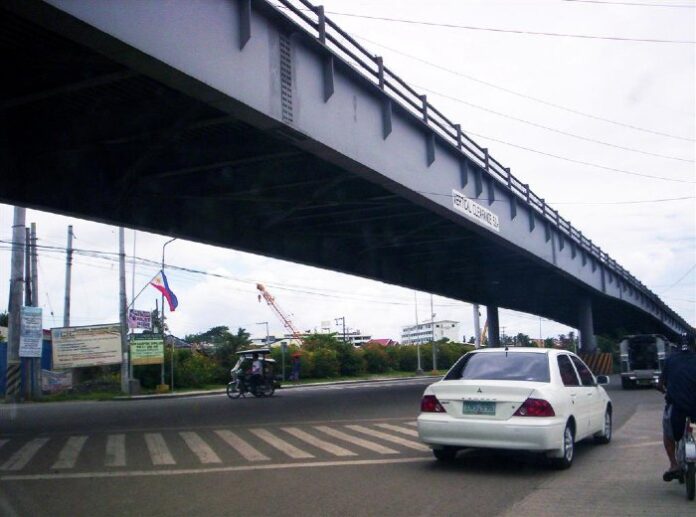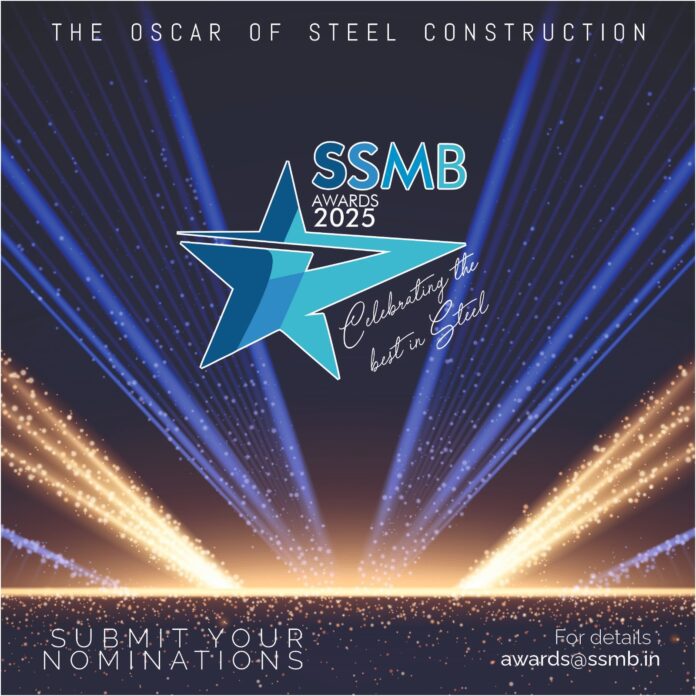The Greater Chennai Corporation is currently undertaking the construction of a steel flyover in T Nagar on the heavily congested South Usman Road, aiming to expedite the project. According to officials, this will be the second fully steel bridge in the state, following the one located in Marthandam, Kanyakumari district. S Rajendiran, the Corporation’s chief engineer (general), explained that the concrete pile and pile cap are situated underground.
The pier, pier cap, and deck girders, all composed of high-tensile steel, are manufactured in Trichy and then transported to the construction site for installation, a process that only takes a few hours. A steel deck sheet is placed above the girders, followed by a 20-cm thick concrete slab and finally a bitumen road.
The flyover, spanning 1.2 kilometres and connecting Anna Salai to T Nagar through CIT Nagar, is estimated to cost Rs 131 crore. Once completed, it will seamlessly connect to the existing concrete North Usman Road flyover, allowing travellers coming from Anna Salai to traverse Panagal Park in under five minutes. The steel flyover stands at a height of 6.5 meters, with underground support extending approximately 30 meters deep.
Rajendiran mentioned that exit and entry ramps will be situated near Ranganathan Street, catering to both T Nagar vehicles and shoppers. Unlike concrete bridges with 20-meter intervals, the expansion joints in this steel flyover are spaced 75 meters apart, resulting in fewer disturbances for vehicles. The two-lane flyover will consist of 53 steel piers and three 8.5-meter-wide girders.
A professor of structural engineering at IIT-M, who is collaborating with the Greater Chennai Corporation on this project, highlighted the use of high-quality steel for the bridge, which is expected to have a lifespan of approximately 50 years. The decision to employ steel construction methods was driven by the need for a faster completion time, considering the congestion along the T Nagar stretch. The professor further added that the flyover has been safeguarded against erosion through the application of three layers of paint.
Rajendiran mentioned that extensive testing, including static and dynamic assessments under static and moving loads, has been conducted. “We applied a load 2.5 times greater than the prescribed weight for additional safety,” he explained. G Sameeran, the Deputy Commissioner (Works), stated that the project had a deadline of 24 months but expects the implementation of steel structures to facilitate completion in under 20 months, by late 2024.




